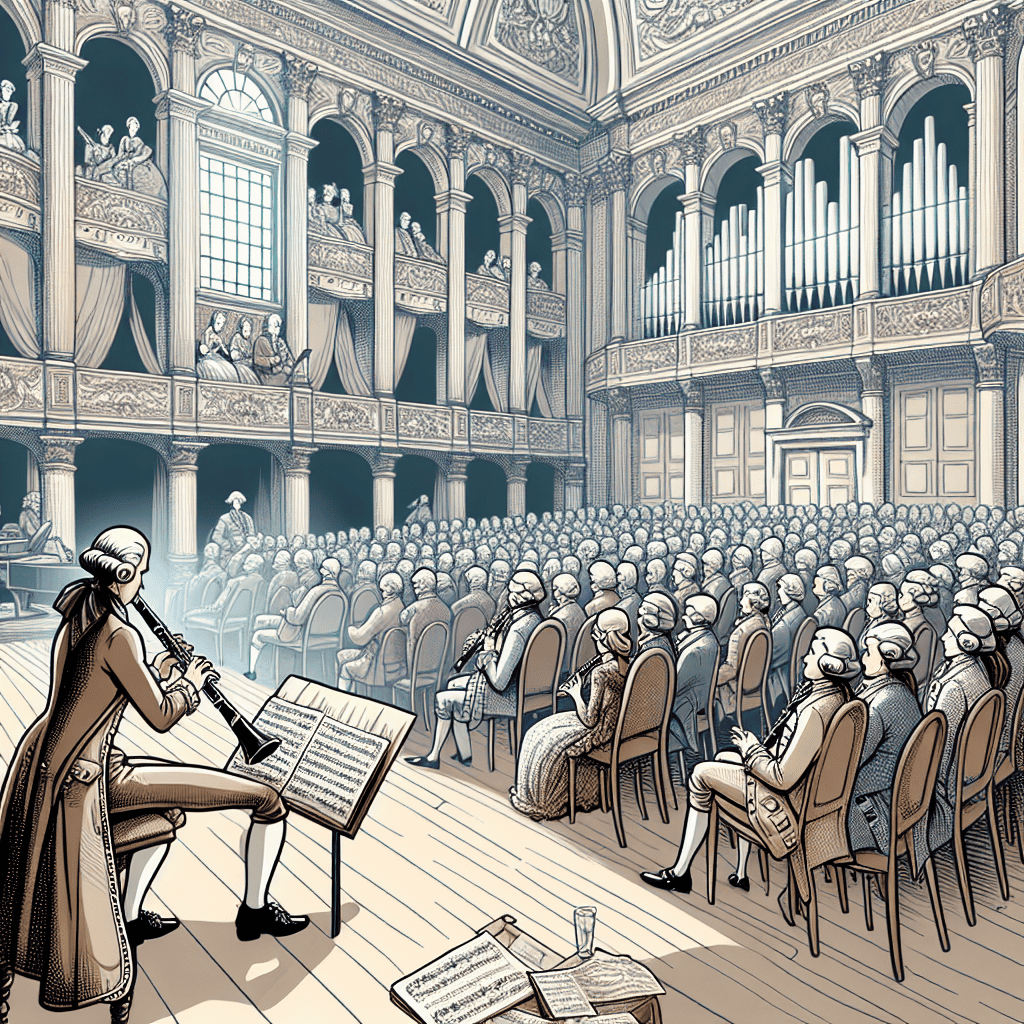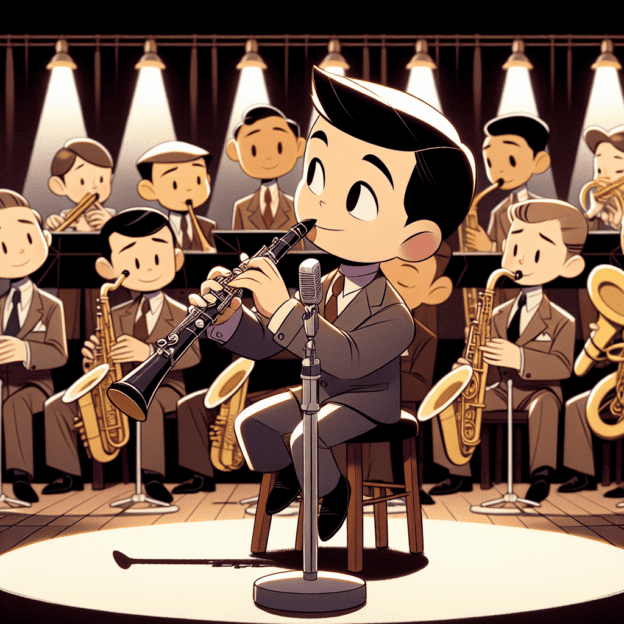Big band music has been a cornerstone of jazz and orchestral performance since it first appeared in the early 20th century. The genre's rich harmonies, intricate arrangements, and lively rhythms represent a groundbreaking era in American music. Among the many instruments that shape the big band sound, the clarinet plays a unique role, providing both melodic and harmonic support that elevates the overall performance. This article dives into fascinating trivia about the clarinet's place in big band music, how it evolved, and its lasting impact on the genre.
The Birth of Big Band Music
Big band music burst onto the scene in the 1920s and quickly rose to popularity through the 1930s and 1940s. This period saw a transition from smaller jazz groups to larger orchestral ensembles that blended brass, woodwinds, and rhythm sections:
- Origins: Big band music has its roots in earlier jazz groups. Musicians, aiming for a fuller sound, began combining various instruments.
- Rise of the Big Bands: Pioneers like Duke Ellington, Count Basie, and Benny Goodman led the big band movement, showcasing the clarinet's adaptable nature.
| Era | Key Developments |
|---|---|
| 1920s | Emergence of big band music |
| 1930s-1940s | Peak popularity, known as the “Swing Era” |
| 1950s onwards | Evolution and fusion with other genres |
Clarinet's Role in Big Bands
The clarinet performs various tasks within a big band, ranging from melody to harmony. Its distinctive tone and agility make it stand out among other instruments:
- Melodic Lines: Clarinetists often take the lead in big band music, demonstrating their skill and producing a unique sound that grabs the audience's attention.
- Harmonic Support: Beyond melodic parts, the clarinet adds to harmonies, creating a rich background that enhances the brass and other woodwinds.
- Improvisation: Jazz thrives on improvisation, and clarinetists frequently showcase their creativity through solos that add depth to the performance.
Famous Clarinetists in Big Bands
Several notable clarinet players have left their mark on big band music, securing the instrument's ongoing importance within the genre:
- Benny Goodman: Dubbed the “King of Swing,” Goodman boosted the clarinet's status in big bands. His virtuoso performances, especially in pieces like “Sing, Sing, Sing,” made the instrument a jazz staple.
- Artie Shaw: A legendary figure, Shaw excelled as both a clarinetist and composer. His arrangement of “Beginning of the End” showcases his fresh approach to big band music.
- Woody Herman: At the helm of one of the most renowned big bands, Herman often featured clarinetists in his ensemble in creative and captivating ways.
Interesting Facts About the Clarinet in Big Band Music
To appreciate the clarinet's importance in big band music, consider these fascinating tidbits:
- Instrumentation: A typical big band includes multiple clarinetists, enabling rich layering, especially in harmony sections.
- Adaptability: The clarinet's capacity to play both smooth legato passages and sharp staccato notes makes it flexible across various musical styles within big band music.
- Influence on Composition: Big band music composers often craft parts that highlight the clarinet's strengths, resulting in numerous original compositions and arrangements that feature the instrument.
Technique and Skill Development
Excelling as a clarinetist in a big band demands a specific set of skills:
- Breath Control: To achieve the dynamic range required in big band performances, clarinetists hone strong breath control techniques, ensuring sustained notes and powerful crescendos.
- Articulation: Big band music often calls for crisp articulation, particularly in the fast-paced sections of swing music.
- Reading Skills: Professional clarinetists must excel at reading complex arrangements, as big band music often features intricate parts that demand precision and quick adaptability.
In conclusion, the clarinet remains an essential part of big band music, contributing to the genre's rich history and vibrant soundscape. From its early days alongside influential composers to its ongoing presence in modern ensembles, the clarinet's journey through big band history highlights its versatility and lasting appeal.







